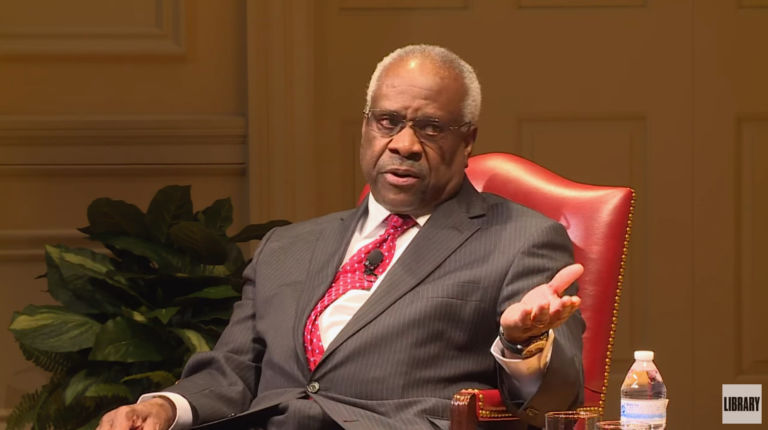At FiveThirtyEight, Jed Kolko reports that:
The suburbanization of America marches on. Population growth in big cities slowed for the fifth-straight year in 2016,1 according to new census data, while population growth accelerated in the more sprawling counties that surround them. …
Those figures run counter to the “urban revival” narrative that has been widely discussed in recent years. That revival is real, but it has mostly been for rich, educated people in particular hyperurban neighborhoods rather than a broad-based return to city living. To be sure, college-educated millennials — at least those without school-age kids — took to the city, and better-paying jobs have shifted there, too. But other groups — older adults, families with kids in school, and people of all ages with lower incomes — either can’t afford or don’t want an urban address. …
Kolko also notes that the fastest growing metro areas are all in the south or the west:
FASTEST GROWING METROS PERCENT CHANGE IN POPULATION
Cape Coral-Fort Myers, FL +3.1%
Provo-Orem, UT +3.1
Austin-Round Rock, TX +2.9
North Port-Sarasota-Bradenton, FL +2.7
Lakeland-Winter Haven, FL +2.6
Raleigh, NC +2.5
Orlando-Kissimmee-Sanford, FL +2.5
Boise City, ID +2.3
Deltona-Daytona Beach-Ormond Beach, FL +2.3
Charleston-North Charleston, SC +2.2


